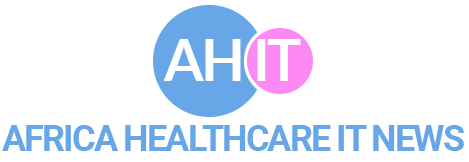By Clarice Africa:
UNICEF Philippines, in cooperation with Globe Telecommunications, embarked on an initiative which aims to leverage the use of Information Communication Technologies to achieve better health outcomes among women and children in geographically isolated and disadvantaged areas in the country’s provinces and municipalities.
The initiative is dubbed as rCHITS which stands for ‘Real-time Monitoring of Key Maternal and Child Health Indicators through the use of the Community Health Information Tracking System’. It is a computerisation project aimed at achieving a more effective and efficient system of managing health information on children and women living in disadvantaged areas. Globe Telecom donated Php one million (USD 24,000) as support to UNICEF’s programme.
According to Tomoo Hozumi, Country Representative of UNICEF Philippines, the donated money will go towards expanding the rCHITS program to reach more provinces in the coming year.
“Through this program, we are able to gather and consolidate real-time data on mother and child health indicators and help the local government make informed and well-planned decisions on health issues in their provinces,” said Hozumi.
He added that the project was originally conceived as a tool in support of community based injury prevention, but evolved to what is known today as rCHITS through the collaborative efforts of the University of the Philippines National Telehealth Center,UNICEF and Globe.
The multi-stakeholder cooperation moved towards developing a system specifically designed to monitor and obtain key maternal and child health indicators in selected municipalities towards the achievement of Millennium Development Goals four and five, which is reduction of child mortality and improvement of maternal health.
Meanwhile, Willibald Zeck, Chief of Health and Nutrition of UNICEF Philippines said that the project provides a real-time social monitoring system to bridge information gaps by making data entry more efficient through mobile phones. This will then result to faster record retrieval, shorter waiting time for patients, and more time for health workers health service.
“Together, through partnership and innovation, we can work towards making preventable mother and child deaths a thing of the past and give each and every mother and child an equal opportunity to survive,” he added.
Source: http://www.futuregov.asia
UNICEF USES ICT TO IMPROVE HEALTH OUTCOMES IN RURAL AREAS
Spread the love


